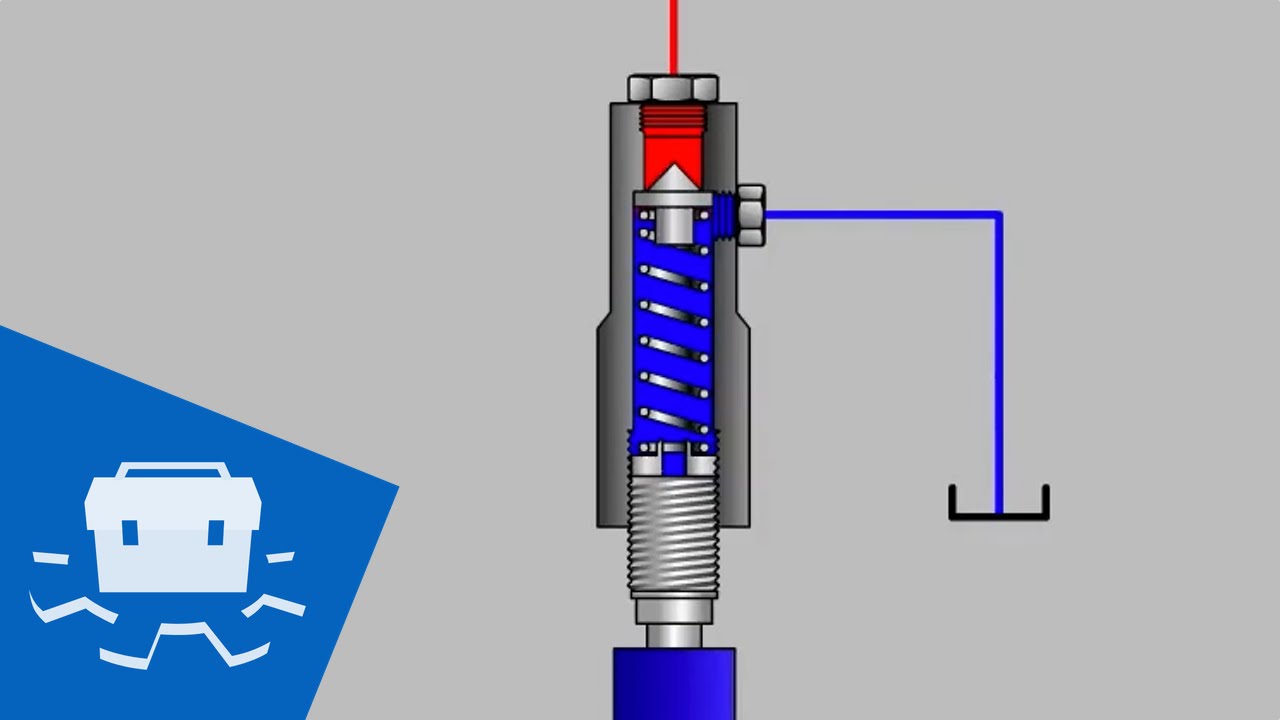In the world of industrial engineering, the combination pressure and vacuum relief valve plays a crucial role in ensuring the safety and efficiency of various systems. These valves are essential components in many industries, including oil and gas, chemical, and pharmaceuticals. They are designed to protect equipment from overpressure and vacuum conditions that can cause damage or even catastrophic failure. Understanding how these valves work, their benefits, and their applications can help engineers and operators make informed decisions about their use.

What is a Combination Pressure and Vacuum Relief Valve?
A combination pressure and vacuum relief valve is a type of safety valve that provides both pressure relief and vacuum relief in a single device. These valves are designed to open and release excess pressure when the system pressure exceeds a predetermined level and to allow air or gas to enter the system when a vacuum condition occurs. This dual functionality makes them ideal for protecting equipment and systems from both overpressure and vacuum conditions.
How Do These Valves Work?
The operation of a combination pressure and vacuum relief valve is based on the principle of balancing forces. The valve contains a spring-loaded mechanism that is set to open at a specific pressure. When the system pressure exceeds this set point, the force of the system pressure overcomes the spring force, causing the valve to open and release the excess pressure. Similarly, when a vacuum condition occurs, the valve opens to allow air or gas to enter the system, equalizing the pressure and preventing damage.
Key Components
- Spring Mechanism: Provides the force to keep the valve closed until the set pressure or vacuum point is reached.
- Valve Disk: Opens to release pressure or allow air entry.
- Set Point Adjuster: Allows for the adjustment of the pressure and vacuum set points.
Benefits of Using Combination Pressure and Vacuum Relief Valves
The use of combination pressure and vacuum relief valves offers several advantages, including:
- Improved Safety: Protects equipment from both overpressure and vacuum conditions.
- Cost-Effectiveness: Reduces the need for separate pressure and vacuum relief devices.
- Space Efficiency: Combines two functions in one compact unit.
- Reliability: Provides consistent performance in protecting systems.
Applications in Various Industries
Combination pressure and vacuum relief valves are used in a wide range of industries and applications, including:
- Oil and Gas: Protects storage tanks and pipelines from pressure fluctuations.
- Chemical Processing: Ensures safe operation of reactors and vessels.
- Pharmaceuticals: Maintains sterility and integrity of production environments.
Choosing the Right Valve for Your Needs
Selecting the appropriate combination pressure and vacuum relief valve for your application involves considering several factors, such as:
- Pressure and Vacuum Ratings: Ensure the valve can handle the expected pressure and vacuum levels.
- Material Compatibility: Choose materials that are compatible with the system’s media.
- Size and Connection Type: Ensure the valve fits within the system’s design and connection requirements.
For more detailed guidance on selecting the right valve, refer to our importance of valve pressure settings guide.
Installation and Maintenance Tips
Proper installation and maintenance of combination pressure and vacuum relief valves are essential for optimal performance and longevity. Here are some tips:
- Follow Manufacturer Instructions: Adhere to the provided installation guidelines.
- Conduct Regular Inspections: Check for signs of wear, corrosion, or damage.
- Perform Routine Testing: Verify the valve’s set points and operation periodically.
For more information on maintenance procedures, visit our PRV replacement procedure page.
Common Challenges and Solutions
While combination pressure and vacuum relief valves are highly effective, they may encounter challenges such as:
- Corrosion: Use corrosion-resistant materials to prevent damage.
- Set Point Drift: Regularly recalibrate the valve to maintain accuracy.
- Blockages: Ensure the valve and vent paths are clear of obstructions.
Innovations and Future Trends
The field of combination pressure and vacuum relief valves is continually evolving, with advancements such as:
- Smart Valves: Incorporation of sensors and IoT technology for real-time monitoring.
- Material Advancements: Development of new materials for enhanced durability.
- Energy Efficiency: Designs aimed at reducing energy consumption.
Conclusion
The combination pressure and vacuum relief valve is an indispensable component in many industrial systems. By understanding their operation, benefits, and applications, engineers can enhance system safety and efficiency. As technology advances, these valves will continue to evolve, offering even greater capabilities and reliability.
FAQ
What is the primary function of a combination pressure and vacuum relief valve?
The primary function of a combination pressure and vacuum relief valve is to protect equipment from overpressure and vacuum conditions by releasing excess pressure and allowing air or gas to enter the system as needed.
Can these valves be used in all types of systems?
These valves are versatile and can be used in a variety of systems, but it’s essential to ensure they are compatible with the specific pressure, vacuum, and material requirements of your application. For guidance, visit our article on PRV design standards.
How often should these valves be inspected and maintained?
Regular inspections and maintenance are crucial for optimal performance. It’s recommended to follow the manufacturer’s guidelines and conduct routine testing and inspections to ensure the valve is functioning correctly. For more information, refer to our PRV operating temperature limits page.

External Resources
For additional information on relief valves, you can visit this ScienceDirect article.
This article contains affiliate links. We may earn a commission at no extra cost to you.



